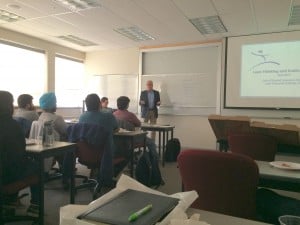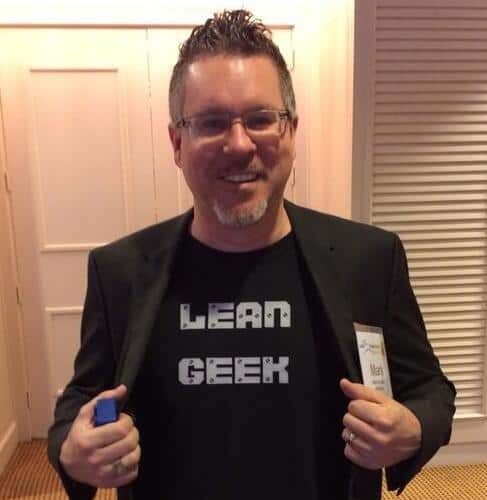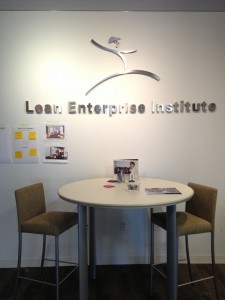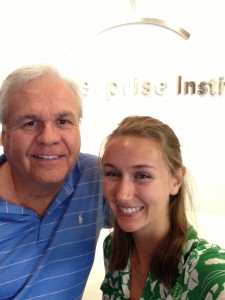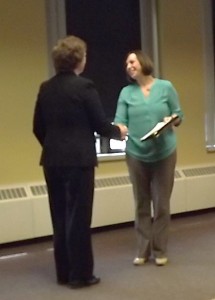We are pleased to present this guest blog post by Mark Randell, Director of Rehabilitation and Sports Medicine at UPHS Portage.
Yes, we tried Lean.
I was fortunate to start my Lean journey and see success first hand with very little knowledge of Lean principles. We solved an inventory management problem at my work using visual management tools and Kanban cards. This small event saved us a ton of time and frustration. We no longer run out of patient supplies or overstock our supply closets. The pivotal event for me was participating in a week long kaizen at Pettibone. The thing that amazed me was the entire company was involved in the event and the organization made the changes suggested by the team the following Monday. I’ve sat in numerous meetings over the years talking about what we’re going to do and not really accomplishing anything. The Lean-thinking folks at Pettibone implemented improvements on Monday!
I started this blog post with my early success because it didn’t take long before I ran into a ton of fun wreckers. The comments I heard were:
- Lean has a life cycle.
- We tried Lean many years ago; it didn’t really work.
- This is another fad.
- It didn’t work at Toyota–look at their recent recalls.
If I would not have seen the early success of Lean/continuous improvement and met my coaches, Ruth Archer and Jim Manley, I would have focused my efforts back to return on investment and efficiency training. The question is, then, why does Lean/continuous improvement fail?
Jim Manley, a former executive at GM, believes they struggled at GM because they didn’t change the organizational culture to lean thinking. Art Byrne, in his book The Lean Turnaround, did not appear to be satisfied with the Lean implementation at IBM because IBM did not change the culture. Many of the MBA programs across the country were built on GM and IBM business principles and focused on return on investments and productivity. I believe the only way a company can successfully implement Lean is by changing the culture to Lean thinking. Lean is about changing the process by creating Lean thinkers, using Lean tools, and following Lean principles. If your goal is to decrease expenses by using Lean tools you will fail.
